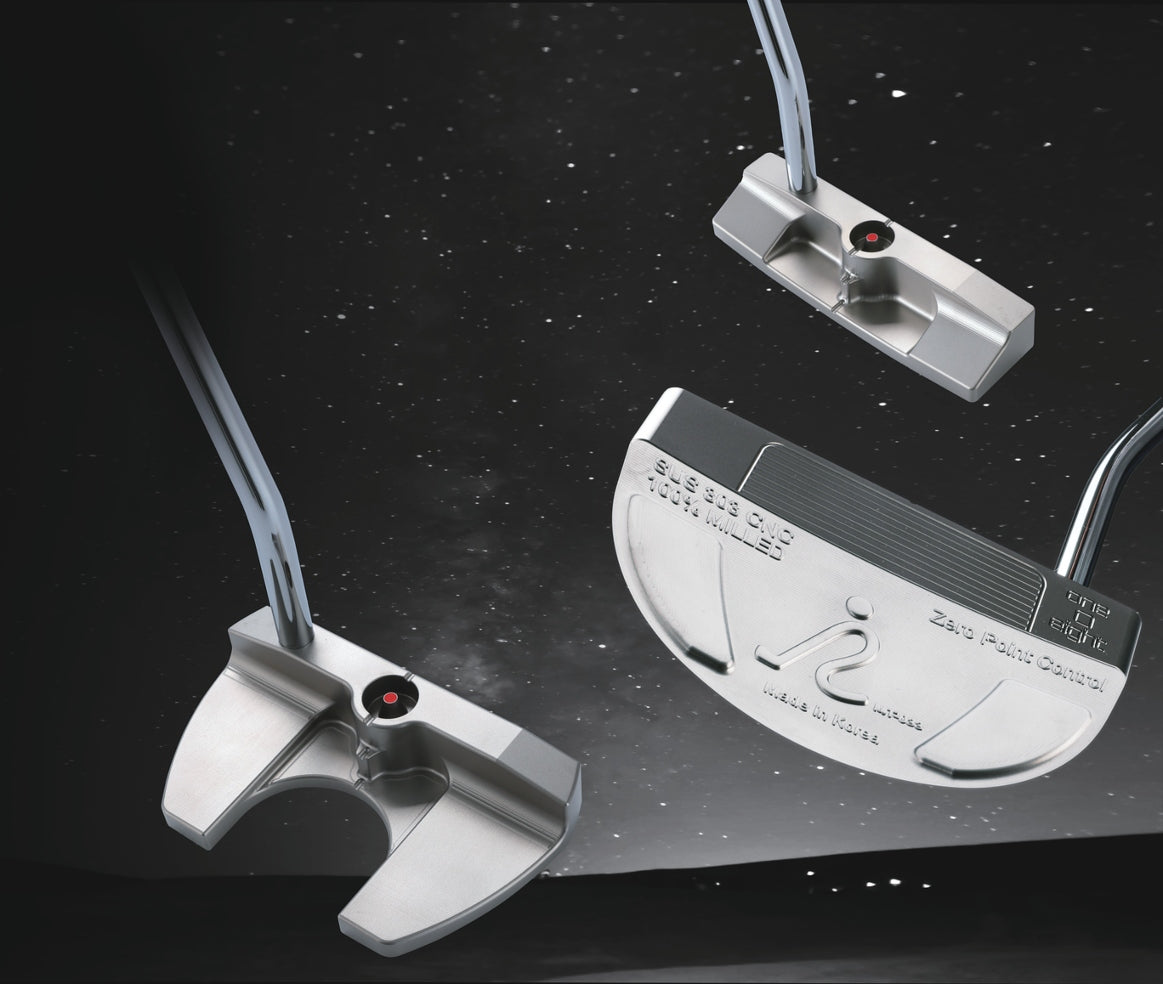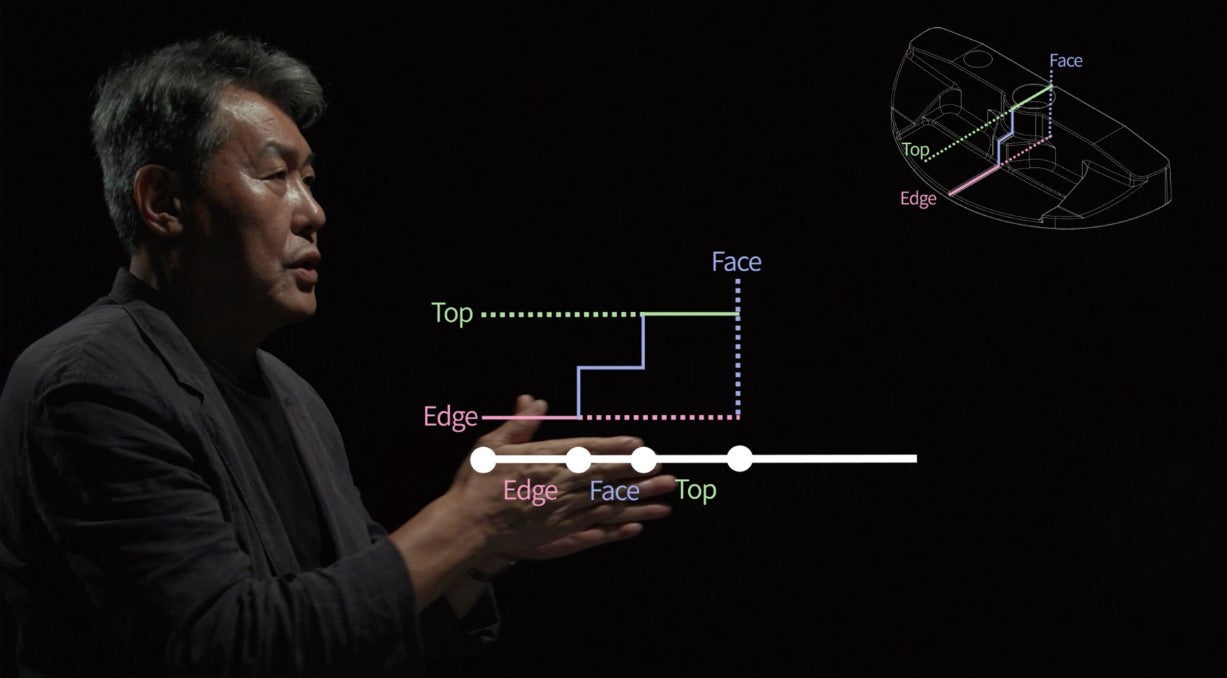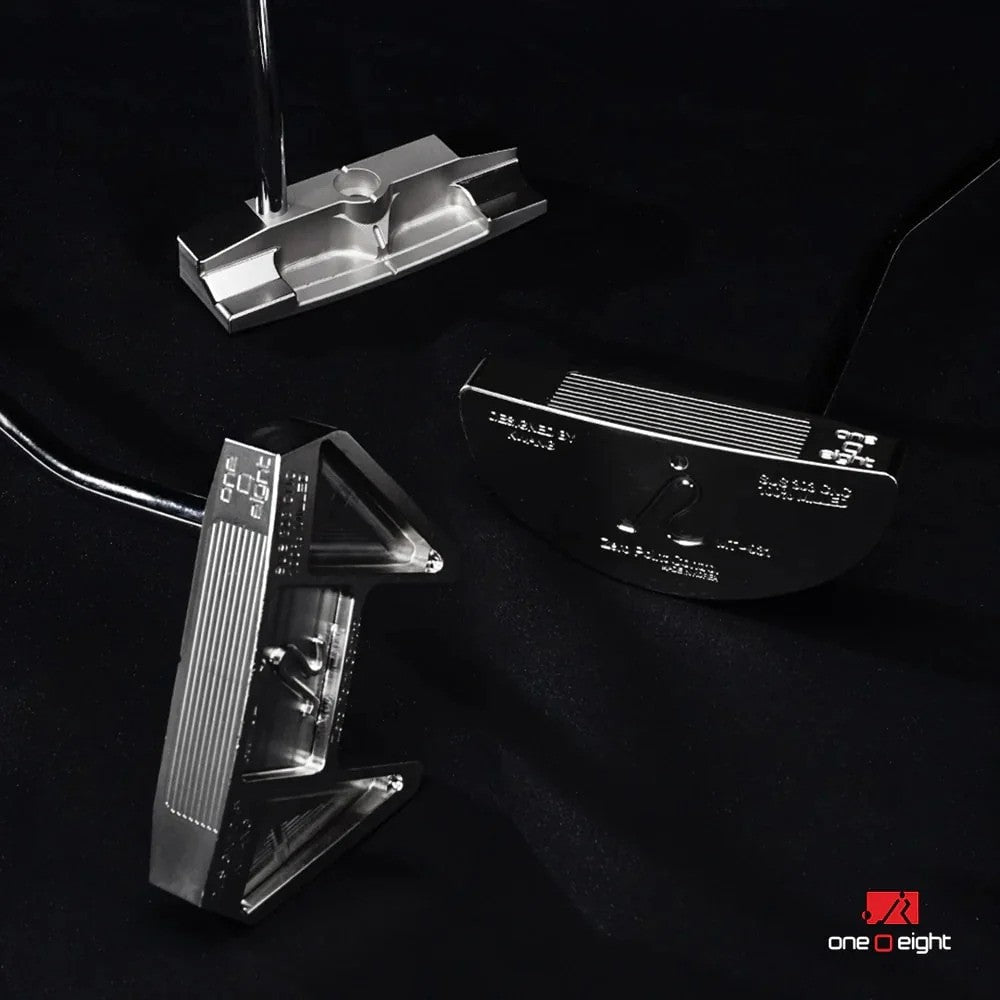How to Choose a Putter: A Selection Guide

Key Takeaways
- The right putter can significantly impact performance and confidence on the green, leading to a more comfortable and effective putting stroke.
- Choose between blade, mallet, and mid-mallet putters based on your playing style and preferences.
- Consider factors such as putter length, face technology, and grip when learning how to choose a putter.
Whether you’re an amateur player or a professional, a putter is an indispensable tool in a golfer’s bag. It’s an instrument of precision on the green, crucial to your confidence, accuracy, and final scores. Put simply: it can make or break your entire golf round.
You may be asking yourself, “Which putter is best for me?” Learn more about how to choose a putter that best suits your game with the oneoeight selection guide!
Types of Putters
There are three main head designs:
- Blade
- Mallet
- Mid-mallet
Each of these putters will have various elements to consider regarding grip, length, and more. However, understanding the different head designs is a crucial first step in determining how to choose a putter.
Blade Putters
These classic putters are characterized by their flat and narrow head shape. They’re all about feel and control. The smaller head allows golfers to feel the direct impact of the ball, allowing for custom adjustments based on feedback.
Blade putters have a smaller sweet spot than other putters for sale. This makes them more suitable for players with a consistent and repeatable stroke.
Best For:
- Golfers that prefer a more traditional look and feel.
- Those that prioritize precision and control.
- Golfers with an arc stroke.
- Lower handicap players.
Mallet Putters
These types of putters feature larger heads and more surface area. This means they offer more forgiveness compared to blades. The perimeter weighting helps to distribute weight around the head, delivering more consistent ball speed and accuracy on off-center hits.
Best For:
- Beginner golfers developing their putting stroke.
- Golfers seeking greater consistency and stability.
- Those with a straight putting stroke.
Mid-Mallet Putters
Mid-mallet putters strike a balance between blade and mallet putters. They offer a larger head than blade putters for more forgiveness on off-center hits, while retaining more of the traditional feel of blades.
Best For:
- Golfers that want a balance of forgiveness and control.
- Those seeking consistency.
Overall, when learning how to choose a putter head design, you should consider:
- Your comfort and feel
- Design preference
- Your playing style and challenges on the green
Which Putter is Best For Me?: Milled vs. Insert Putters

When learning how to choose a putter, you’ll find two types of face technology: insert putters and milled putters. Each offers its own unique construction and characteristics that affect your game.
Insert Putters
Insert putters feature a separate piece of material (insert) attached to the putter face. This material is typically made from a softer material than the rest of the putter head, which is designed to absorb some of the impact shock. The aim is to provide more forgiveness.
Milled Putters
Our milled putters are created by precisely cutting and shaping a solid block of corrosion-resistant, stainless steel using a CNC-milling machine. This process provides a distinct and responsive feel upon impact, allowing for consistent feedback with every putt.
Bottom Line: Though insert putters may offer some players more forgiveness, CNC-milled putters, like oneoeight putters, are often preferred by golfers for their enhanced feel and feedback, consistent roll, durability, and luxury aesthetic.
Putter Length
Putter length is another crucial element when learning how to choose a putter. An incorrect length can cause a hunched posture, impacting proper alignment and setup. It can also cause your eyes to be on the inside or outside of the ball, resulting in misaligned putts.
Which putter is best for you? Start by measuring for the putter length:
- Stand with your arms relaxed at your sides, and have someone measure the distance between the ground and your wrist.
- Subtract two inches from this measurement to determine your baseline putter length.
- If possible, try out different putters in different lengths to see what feels most comfortable.
How to Choose a Putter Length For Your Needs
Taller golfers typically need longer putters, while shorter golfers often prefer shorter putters. However, you should choose a length that feels most natural to your putting stroke.
Grip
Grip shape may seem trivial compared to other factors when learning how to choose a putter, but it can make a huge impact, influencing everything from comfort to control. Some common types of putter grip shapes include:
- Pistol Grips - These ergonomic grips feature a narrow top portion that widens towards the bottom, resembling a pistol handle. They offer great feedback and control, and help reduce wrist action during putting. We recommend pistol grips because they lead to greater consistency.
- Flat Grips - These grips have a flat front and back, promoting even pressure and a straight back and through stroke.
- Non-Tapered Grips - They feature a consistent diameter from top to bottom for even grip pressure.
- Oval Grips - Larger than standard grips, oval grips reduce wrist action and improve comfort.
Loft & Lie Angle
Next up with how to choose a putter: loft and lie. Often overlooked, they can both interfere with your game if they’re off.
Lie Angle
A proper lie angle ensures your putter sits correctly on the ground at impact for a consistent roll and accuracy. At oneoeight, we produce putters with a lie angle at 72°, which suits most players if they have the right length putter. However, we design custom-fit putters to tailor the putter to your specific preferences for the best feel and performance.
Loft Angle
Loft is essential in how the ball launches and rolls off the putter face. Higher angles will lead to higher launches and more backspin, while lower angles can lead to a lower launch and potentially more forward roll. The best putter for you probably has a sweet spot around 3°, offering a smooth and consistent roll.
Choose Your Perfect Putter
Experiment with different types of putters to determine the one that’s right for your game. We recommend our alignment aid putters with Zero Point Control™. This technology assists with your perfect setup, ensuring accuracy and consistency with your putting, all while being tournament legal. Experience the precision of our high-end putters, each one tailored to your specific needs!
















